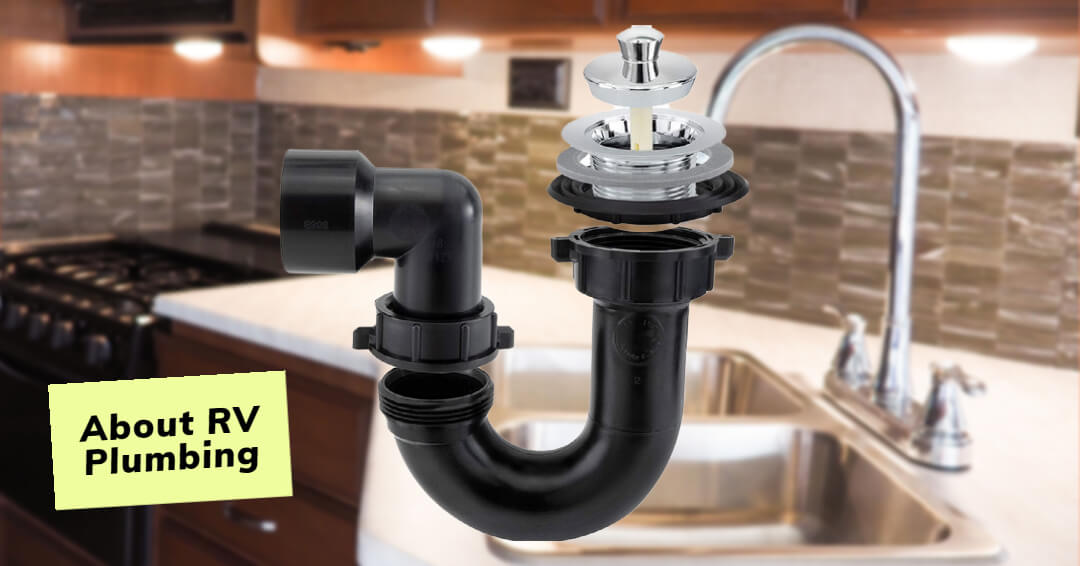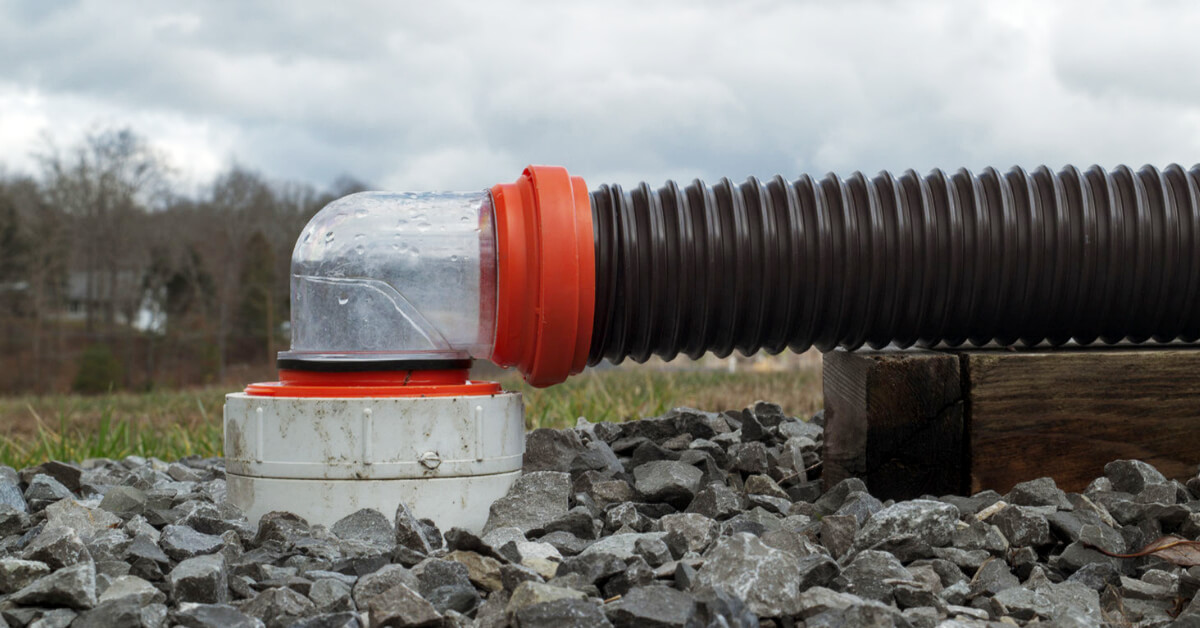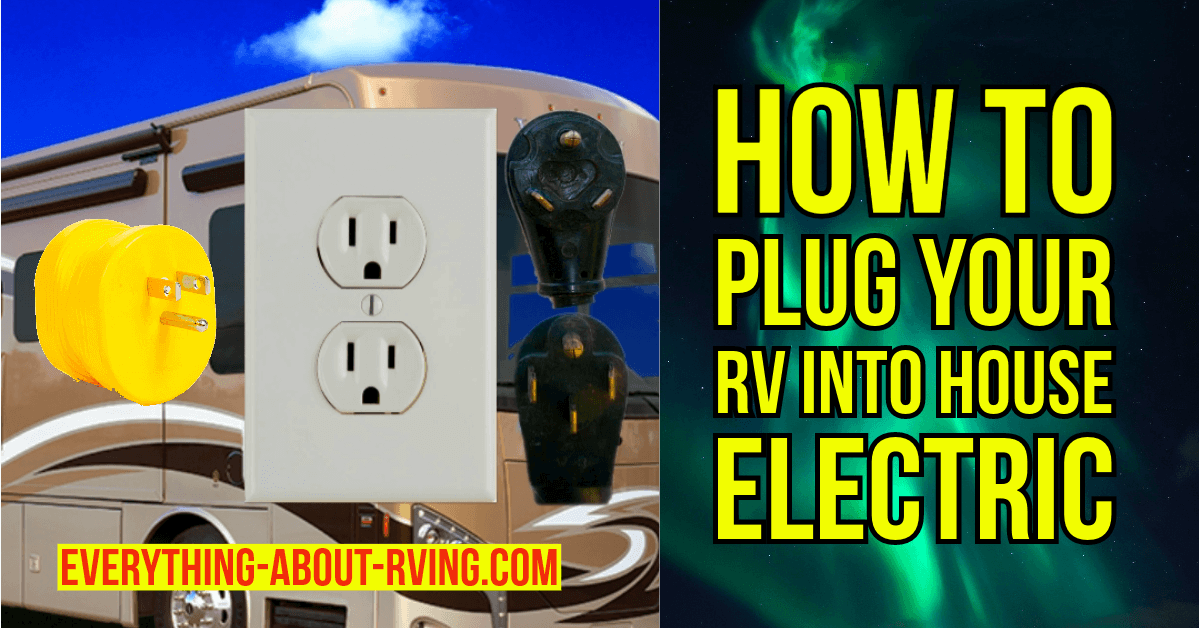- Home Page
- RVing Tips & Tricks
- All You Need to Know About Rv Plumbing
All You Need to Know About RV Plumbing
Learn How RV plumbing works
By Claire Zimmerman
All you need to know about RV plumbing to keep your RV's plumbing system running smoothly. Expert tips included
This is all you need to know about RV plumbing before you take off on your next RV adventure.
Many people want to try RVing because of the fantastic adventures that you can encounter on the road. You can go around your city or travel from one state to another in an RV.
An adventure-ready RV comes with many features that will make your life comfortable while on the road. However, these comforts come with some issues as well. It is why learning all you need to know about RV plumbing can save you the trouble of dealing with common plumbing issues while on the road.
RV Plumbing: How it Works
If your RV has a toilet and a sink inside it, you can expect that plumbing problems can arise in the future. It would help if you learned how to do some simple plumbing work.
Your RV has a freshwater tank. The freshwater tank, just like its name implies stores freshwater that you can use while camping. Wastewater will go into separate Black and Grey Water holding tanks
The water tanks also have a hose inlet connection at the side where you can use a special Drinking Water Hose to connect your RV to city water. This connection will allow you to fill or top off your RV’s Freshwater.
Plumbing Fittings for an RV
Frequently Inspecting your RV’s plumbing is an essential part of maintaining your RV. This will ensure that the plumbing in your RV is in tip-top shape and will prevent future serious issues.
You should stock up on some common RV plumbing parts for your RV’s type of plumbing connections.
If you suffer a significant plumbing issue, you may have to let a Trained RV Technician fix your problem.
Everything about RV Holding Tanks
Most RVs come with three holding tanks. These holding tanks have different uses, and they store different types of water coming from the RV.
Listed below are the most common types of holding tanks that the majority of RVs come equipped with:
Freshwater Tank
This tank stores fresh, clean water for the RV used for showers, flushing the toilet, washing the dishes, etc. Some people even use it for drinking. When you are connected to city water at a campground, it is essential to use a Drinking Water Hose explicitly designed for RVs. It would be best to ensure that the hose is only used for clean freshwater connections and not stored with the RVs sewer dump hoses to prevent contamination.
Gray Water Tank
The gray water tank holds the water from the kitchen and the bathroom, except for the toilet. Your Shower water and the water you use to wash the dishes will go directly to the gray water tank until it can be dumped.
Black Water Tank
This tank stores the wastewater coming from the toilet. Blackwater is the dirtiest water of your RV and must be dumped in a campground septic tank.
You must learn how to properly dump the Greywater and Blackwater holding tanks.
Conclusion
RV plumbing is not that complicated as long as you know how to inspect and maintain it. . Most of these tasks are just basic, but if you encounter any tricky leaks or problems, contact a professional immediately.
About The Author
Claire Zimmerman is an enthusiastic and creative writer at AllState Service Group. Her main goal is to spread information about home remodeling in Las Vegas and interior design trends.
How does RV plumbing work?
How does RV plumbing work?
RV plumbing works by using a freshwater tank to store clean water for use in the RV, such as for showers, flushing the toilet, and washing dishes. The wastewater is stored in separate gray and black water holding tanks. The freshwater tank has a hose inlet connection where you can connect a Drinking Water Hose to fill the tank with city water. Maintaining and frequently inspecting the plumbing is important to prevent serious issues.
What are the different types of holding tanks in an RV?
What are the different types of holding tanks in an RV?
Most RVs come with three holding tanks: Freshwater Tank, Gray Water Tank, and Black Water Tank. The Freshwater Tank stores clean water for use in the RV, the Gray Water Tank holds the water from the kitchen and bathroom (except for the toilet), and the Black Water Tank stores the wastewater from the toilet.






Comments
Do you have a comment on this topic? You can leave your comment in the box below.